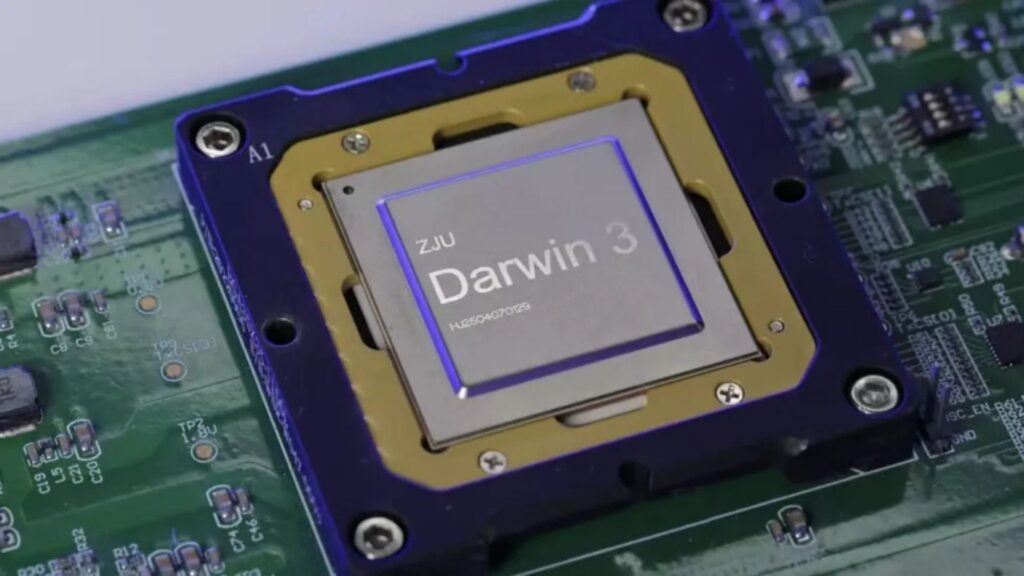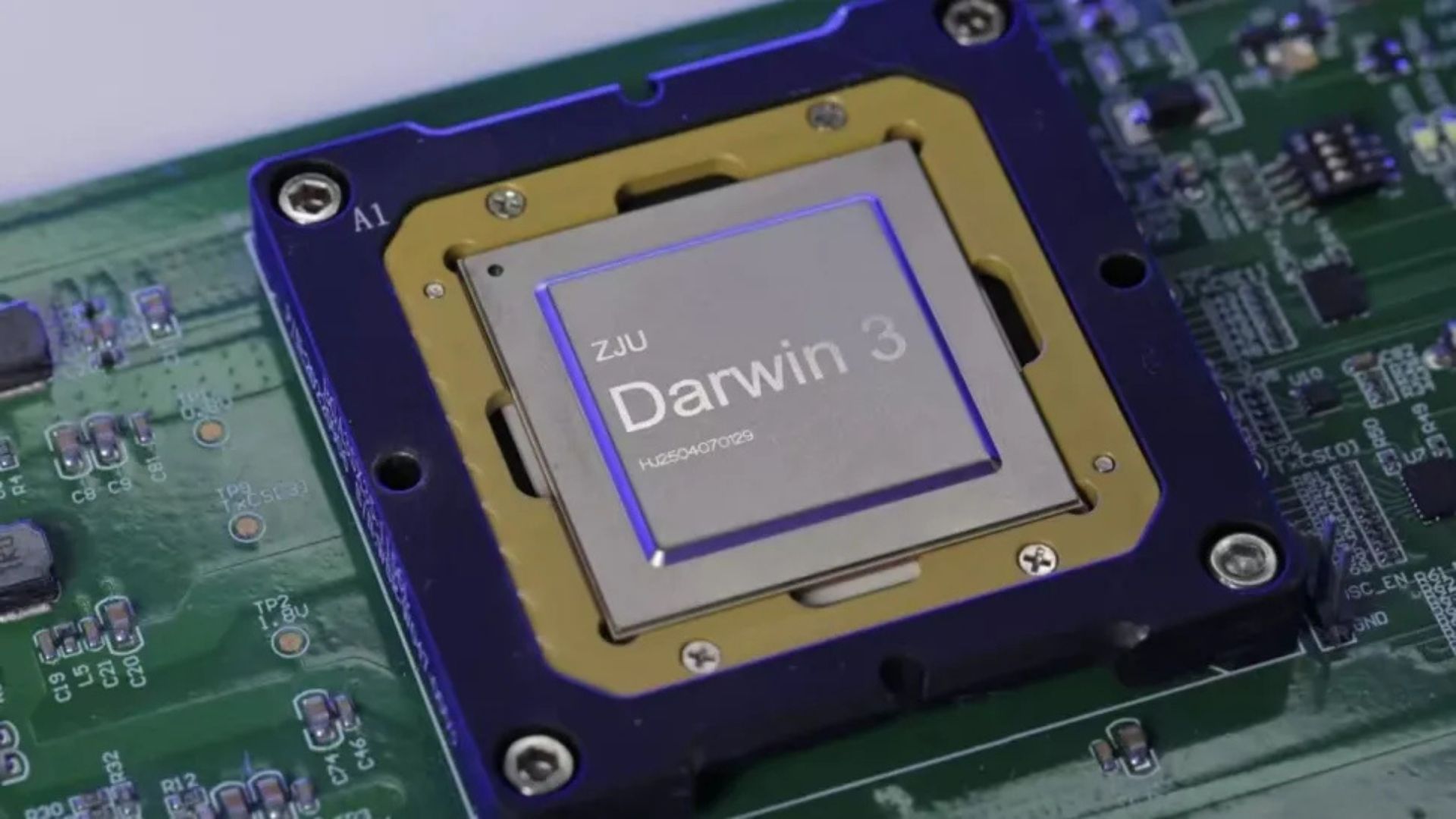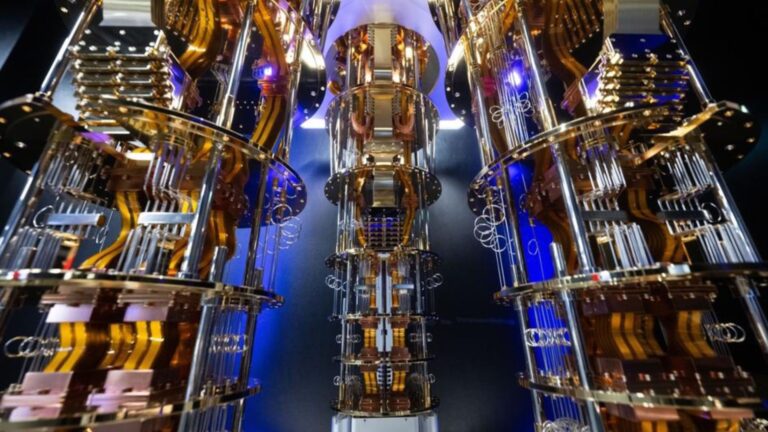
Chinese scientists have just pulled back the curtain on SpikingBrain-1.0, a revolutionary new AI system that operates more like a biological brain than mainstream models like ChatGPT. Announced on September 8, 2025, by the Chinese Academy of Sciences, this new approach is designed for incredible energy efficiency, signaling China’s bold strategy to create powerful new AI that doesn’t rely on today’s power-hungry technology.
So, how does it pull off this radical efficiency? Instead of using the massive data and energy required by the standard “Transformer” architecture, SpikingBrain-1.0 runs on a fully domestic Chinese GPU platform using “spiking neural networks.” In simple terms, its artificial neurons only fire when they have information to send—just like real brain cells. This smart, event-driven approach allowed the model to achieve similar results to its rivals using an astonishingly small 2% of the typical pre-training data.
The performance gains are staggering. In one test designed to analyze a massive one-million-token block of text, SpikingBrain was 26.5 times faster than a Transformer-based model. This makes it a game-changer for complex tasks that involve huge amounts of information, such as sifting through legal documents, analyzing medical data, running high-energy physics experiments, or even modeling DNA sequences.
“This large model opens up a non-Transformer technical path for the new generation of AI development,” explained Xu Bo, the institute’s director. He believes this technology could pave the way for next-gen computer chips that are far less power-hungry. To accelerate progress, the research team has already made their model open-source and launched a public platform for anyone to test its capabilities.
This breakthrough didn’t happen in a vacuum. It builds on the team’s earlier success with the “Speck” chip, a neuromorphic processor that consumes an incredibly low 0.42 milliwatts of power when idle. To put that in perspective, the incredibly complex human brain runs on just 20 watts. This new AI is another major step toward replicating that incredible natural efficiency.
The SpikingBrain announcement is a clear signal of China’s ambition in the AI race. Coming on the heels of the nation’s Darwin Monkey supercomputer—a machine with over 2 billion artificial neurons—it highlights a focused strategy to not only innovate but also reduce dependence on foreign technology. This brain-inspired approach could fundamentally reshape what AI can do and how efficiently it can do it.












